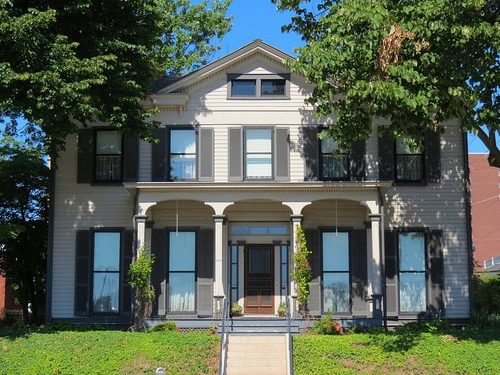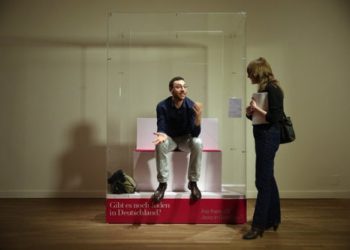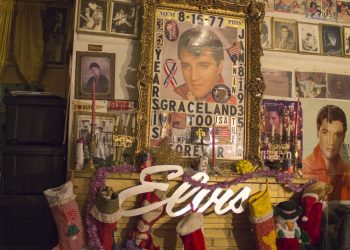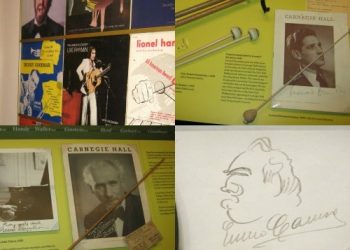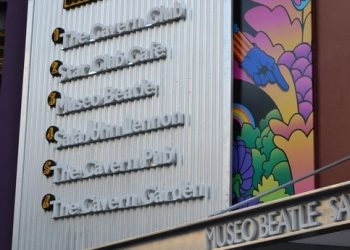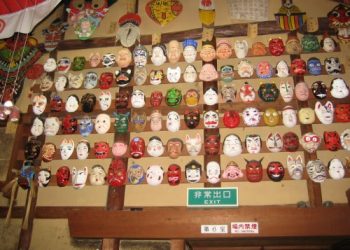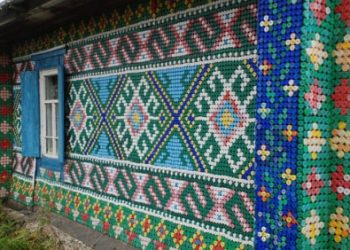I’ve decided to write only about my personal visits for historic house museum week; it’s much easier and I realize I have seen way too many in my life. Whenever I travel I make sure to see at least a few museums, and usually one is a house museum. It’s a great way to support the community as well as historic preservation. I suggest you do the same. Probably what started my love of history and old houses was the fact I was exposed to them from a very early age. One of the first house museums I ever visited was the Vachel Lindsay Home in Springfield, Illinois. Who is that, you ask? The father of “singing poetry,” Vachel Lindsay was more like a performance artist than a traditional poet. One of the best-known American poets of the early 20th century, Lindsay received a lifetime achievement award from Poetry magazine. But he still had a difficult time making an actual living from his work, so he committed suicide by drinking a bottle of Lysol in 1931 at the age of 52. Since his tragic death, he has become somewhat of an obscure figure, but his birthplace (as well as the location of his death) is now a historic house museum run by the Illinois Historic Preservation Agency.
The post-Civil War house, located directly across the street from the Illinois Executive Mansion, was the scene of Lindsay’s art and poetry. At the ring of a doorbell, visitors are shown around the restored home full of art and antiques where they can learn more about this forgotten figure, if they know anything about him at all. Founded way back in 1946, the Vachel Lindsay Association, not only helps assist with the current preservation of the house; they are the reason it exists as a museum in the first place. After Vachel’s sister’s death in 1957, locals wanted to preserve the poet’s memory so they raised money in the Vachel Lindsay House Fund and bought the home. A retired English teacher served as volunteer curator from 1958 to 1978, then another series of volunteers until the Association bought the house and donated it to the State of Illinois. One would question whether a forgotten figure like Lindsay deserves a museum dedicated to his life. In a desperate need to preserve historic houses, many are turned into museums without thinking of the intended audience and that usually causes problems. But where the Vachel Lindsay Home may lack a real audience, it is made up by the fact it always had active community and state support. It sounds like Springfield is quite proud of their hometown hero. By hosting a number of special events and tours, like poetry readings, a house museum such as this one continues to stay connected with its community, while also serving a purpose. Also, with the built-in audience of tourists who already come to see all the Abraham Lincoln attractions in the state capital, the Vachel Lindsay is a nice alternative, while also teaching visitors about an interesting historical figure who has largely been forgotten by the public. Sorry this was such a serious post, I blame museology and Vachel’s suicide. But mostly silly academic museology.
